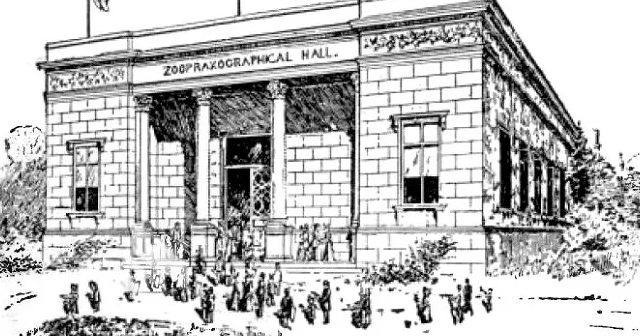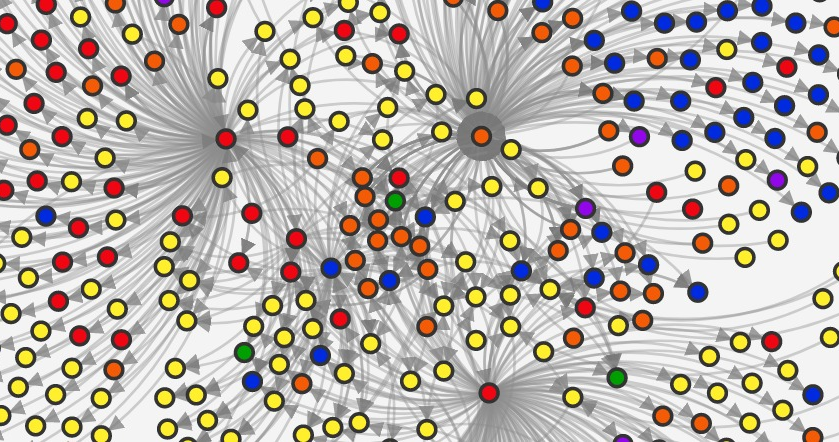
Image source:
On the intersection between international exhibitions in the US and motion pictures
At the most recent world exposition held in Dubai (2021-22), screens dominated the built environment. From immersive digital projections and experimental displays to traditional documentary and feature films, more than 24 million visitors encountered media installations. Visual displays at this multi-billion-dollar mega-event purported to be a window into the future, yet these are cultural forms firmly rooted in the past. Film and world expos stood at the intersection of 20th century revolutions in consumerism, entertainment, and technology. These gatherings functioned as tourism boosters; stages to display corporate, national, imperial, and settler colonial identities; and spectacles promoting modernity, consumerism, and industrial progress through exhibits of manufactured goods, natural resources, and emerging technologies. Film played a central role in these processes, yet this interrelated history remains largely unwritten. This project investigates the complex interconnections between international exhibitions and motion pictures between the 1890s and 1960s. Drawing from the fields of film, exhibition studies, and cultural history, it specifically considers moving images at world’s fairs held in such cities as Chicago (1893/1933), New York City (1939/1964), and San Francisco (1915). I ask - What types of venues featured moving images? How were these spaces configured? Who produced and/or sponsored these motion pictures? What cultural, economic, political, and social purposes did they serve? How did screen technologies fit within the overall experience of a world’s fair? This project uniquely explores the creation, exhibition, and functions of moving images displayed in large and small formats via portable projectors in unconventional locations or in purpose-built theaters at various concessions and national pavilions. It likewise considers the central role of the US film industry at world’s fairs. The project also includes a case study on Canada and its innovative use of film at international exhibitions to construct a distinctive national brand. Its interdisciplinary research model gathers evidence from a range of visual and textual sources, including archival collections, newspapers, and ephemera. Its findings will be integral to understanding the history of world’s fairs and will illuminate the role that film has played in shaping that history – one that has heretofore been overshadowed by studies of feature film and documentaries.

